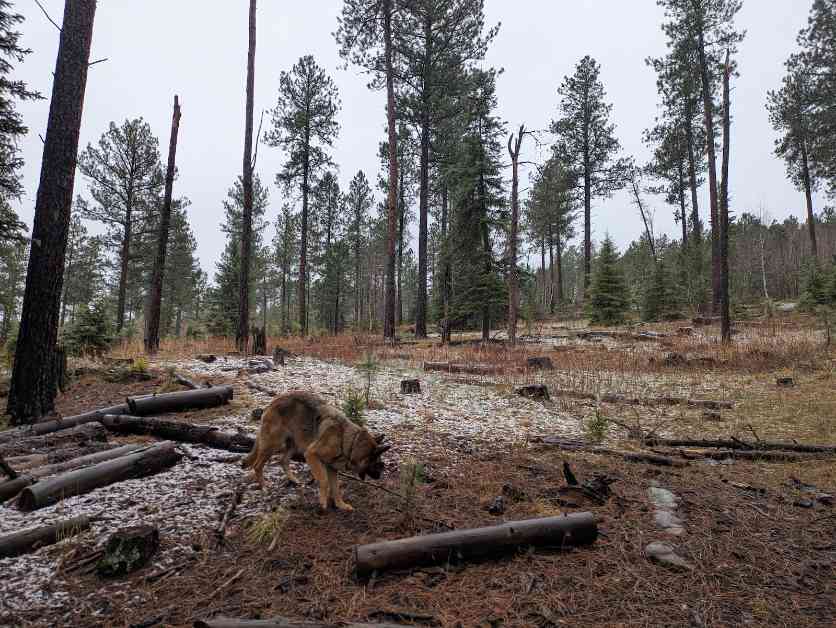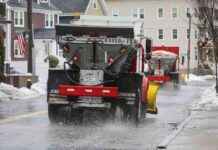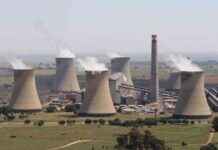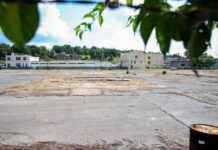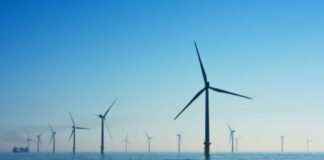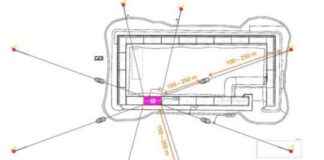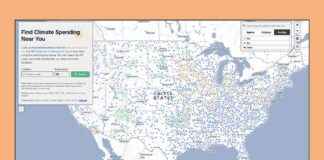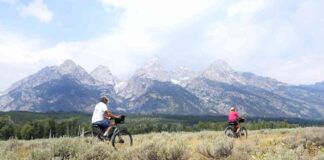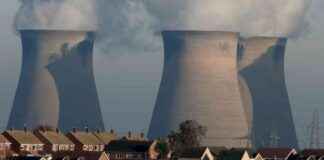Driving up into the Black Hills National Forest, the raindrops hitting the windshield start swirling in the air as the road gains elevation. It’s snowing in late April, a welcomed sight in an area that’s been facing a drought due to climate change. Visitors might notice the towering “yellowbarks” trees intentionally left by the highways, standing like the buttresses of a cathedral for scenic integrity according to the Forest Service, but criticized as a “green screen” by others.
As you venture off onto side roads, you’ll find vast areas of commercially logged land with whitetail deer freely roaming around. The landscape begins to resemble more of a field dotted with a few trees rather than a dense forest with stumps. Invasive grassland species like bromegrass grass and leafy spurge are encroaching on the area, threatening the ecosystem’s balance.
Ponderosa pines, the prominent trees in the forest, produce their most viable seeds when they reach 60 years or older. Overcutting, along with the impacts of climate change, can significantly alter the landscape permanently. In the past decades, the forest has endured a historic beetle infestation and a massive fire, both attributed to a warming climate. However, the Trump administration’s recent directives pose new threats to the land, with an emphasis on expanding timber production and fast-tracking logging activities.

